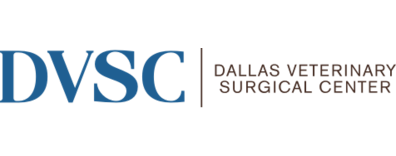Dallas Veterinary Surgical Center
There are several surgical techniques available to make female pets unable to reproduce. The most common surgical technique in the United States is open surgical ovariohysterectomy (spay), which involves a full incision into the abdomen and removal of both ovaries and uterine horns. Alternatively, and equally effective, is the surgical removal of both ovaries (ovariectomy) without removing the uterus. The complication rate of both techniques is low, with no difference in between techniques. Ovariectomy may be performed with an open surgical incision or with laparoscopy.
Laparoscopic ovariectomy is a minimally invasive surgical procedure to remove both ovaries. The patient is placed under general anesthesia and the entire abdomen is prepped for surgery.
A rigid laparoscope is introduced into the abdomen through a small incision. Instruments to grasp and seal the ovarian attachments are introduced through a second small incision.
The ovary is identified and temporarily fixed to the abdominal wall:
A blood vessel sealing device (LigaSure) is used to seal and divide the tissues and blood vessels from the body:
Each ovary is removed through the instrument portal.
Laparoscopic ovariectomy may be performed at the same time as elective Laparoscopic Gastropexy to prevent Gastric Dilatation-Volvulous (GDV) syndrome in high-risk breeds of dogs.
Potential complications of this surgery are rare but include inadvertent organ injury, incomplete removal of an ovary, and hemorrhage.
Recovery from laparoscopic-assisted ovariectomy is relatively short. Patients that undergo this surgery are typically rested, with pain medication and activity restriction for 1 week post-operatively.
Author: Dr. Joanne Franks, DVM, DACVS
Dallas Veterinary Surgical Center








